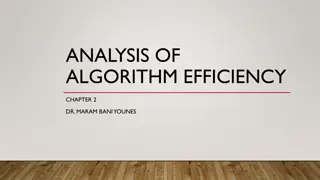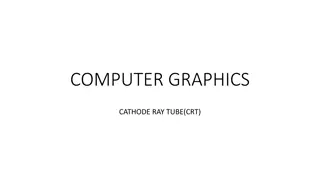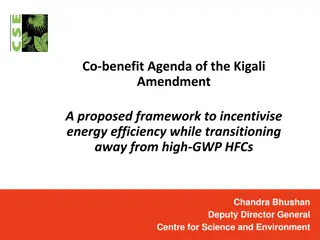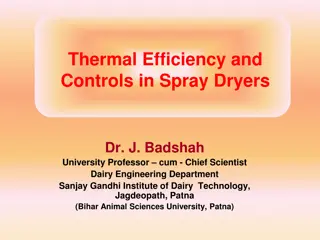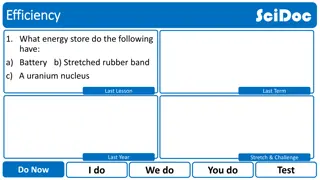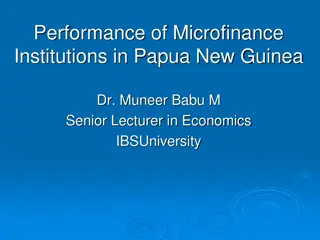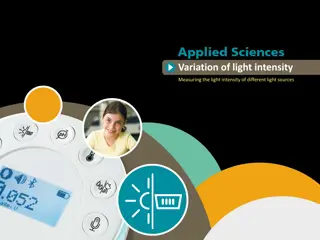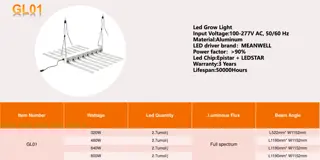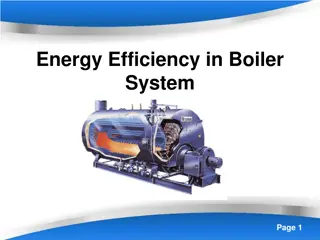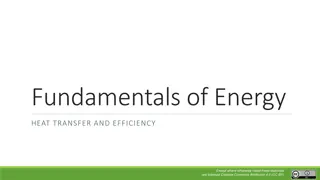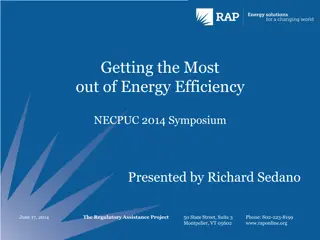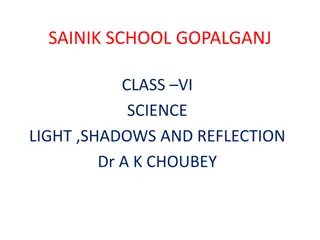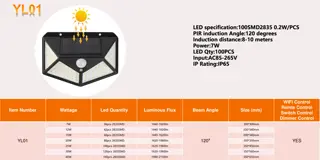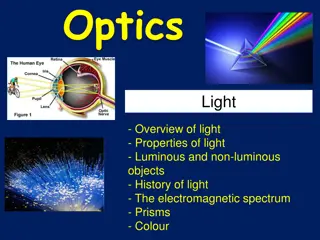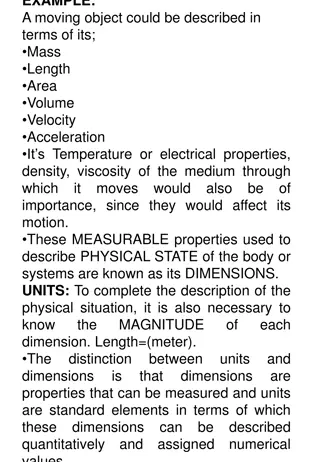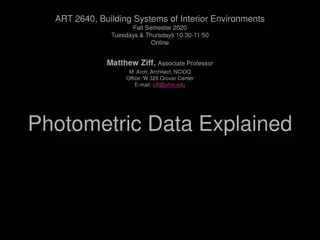Insights into Luminous Efficiency in Meteoroid Research
Explore luminous efficiency in meteoroid research at the University of Western Ontario, with past work by various researchers spanning different methodologies and materials. Discover the complexities of optical observations and the impact of meteor speed on kinetic energy emitted as light.
Download Presentation

Please find below an Image/Link to download the presentation.
The content on the website is provided AS IS for your information and personal use only. It may not be sold, licensed, or shared on other websites without obtaining consent from the author.If you encounter any issues during the download, it is possible that the publisher has removed the file from their server.
You are allowed to download the files provided on this website for personal or commercial use, subject to the condition that they are used lawfully. All files are the property of their respective owners.
The content on the website is provided AS IS for your information and personal use only. It may not be sold, licensed, or shared on other websites without obtaining consent from the author.
E N D
Presentation Transcript
Luminous efficiency Margaret Campbell-Brown University of Western Ontario
Luminous efficiency Fraction of kinetic energy emitted as light Depends on: Speed Composition of meteoroid Spectral response of detector Mass
0.06 0.05 Theoretical Optical observations Optical/radar Laboratory Artificial meteors 0.04 Luminous Efficiency (%) 0.03 0.02 0.01 0 0 20 40 60 80 100 Velocity (km/s) Hill et al 2005 Ceplecha&McCrosky 1976 Ayers(stone) 1970 Ayers(Iron) 1970 Opik 1955 constant Verniani 1964 Halliday 1981 Revelle&Rajan 1979 Saidov&Simek 1989 Becker&Slattery 1973 Ceplecha&Revelle 2005 Cook et al 1963 Hill et al. corrected Becker&Friichtenicht1971 Jones&Halliday 2001 Weryk&Brown 2013
Past Work 10 1 luminous efficiency, % 0.1 Hill, Rogers, Hawkes (2005) Ceplecha & McCrosky (1976) Verniani (1965) Weryk & Brown (2013) 0.01 0.001 0 10 20 30 40 50 60 70 80 meteor speed, km/s based on Weryk & Brown (2013)
Past Work Verniani (1965) Super Schmidt meteors drag equation + luminous intensity equation luminous efficiency 361 meteors recorded by the Super Schmidt cameras Assumed follows = 0vn n = 1.01 0.15 0 is based on one meteor (and confirmed by artificial meteor experiments)
Past Work Ayers et al. 1970 artificial meteors iron and nickel Assume follows = 0vn Maximum speed 8 km/s n = 1.9 0.4 rescaled in 1976 by Ceplecha & McCrosky
Past Work Becker & Friichtenicht (1971) & Becker & Slattery (1973) lab experiments Micron-sized projectiles of iron, copper, aluminum, silicon Not free molecular flow Up to 40 km/s
Past Work Weryk & Brown (2013) Simultaneous radar (CMOR) and optical (CAMO) Assume ionization efficiency of Jones (1997) is correct Suggest that video masses are an order of magnitude smaller than previous work
Difficulties Optical observations: need non-fragmenting meteors, precise decelerations Theoretical: Excitation cross sections not well known at meteor energies Radar/optical: need an ionization efficiency Lab experiments: need to have the right flow regime, range of materials Artificial meteors: expensive, only low speeds possible





